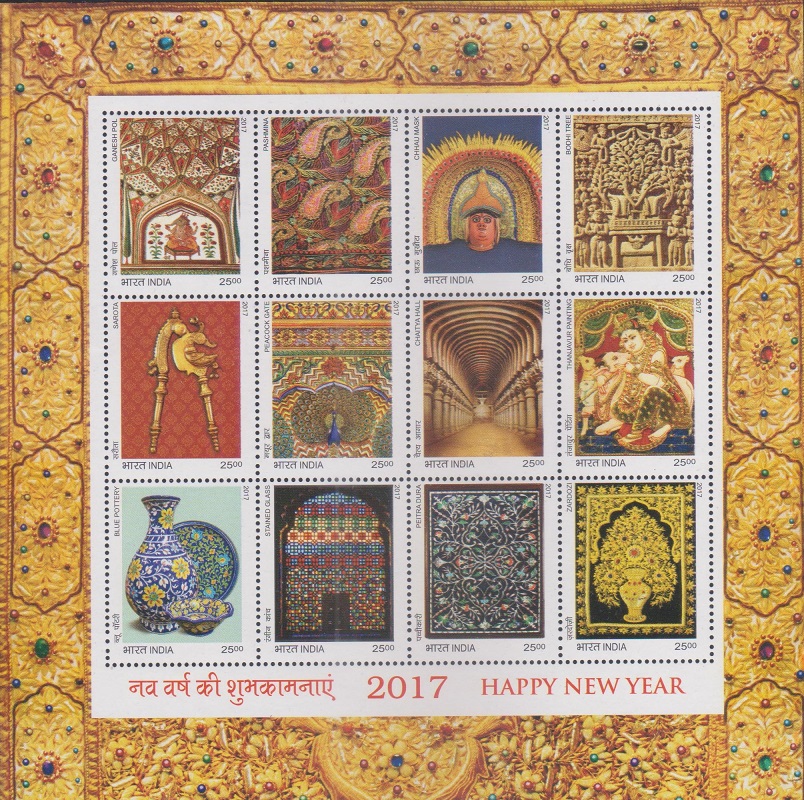
Happy New Year 2017
A Sheetlet consisting of 12 nos. of commemorative postage stamp on the eve of Happy New Year showing Indian handicrafts, sculpture and architecture :
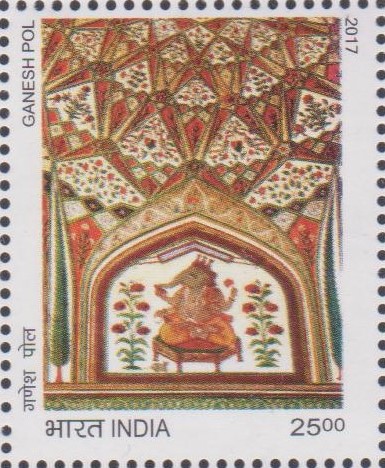
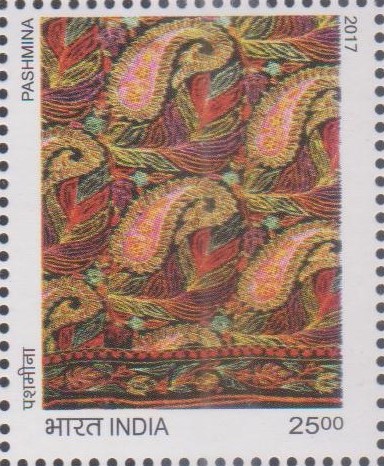
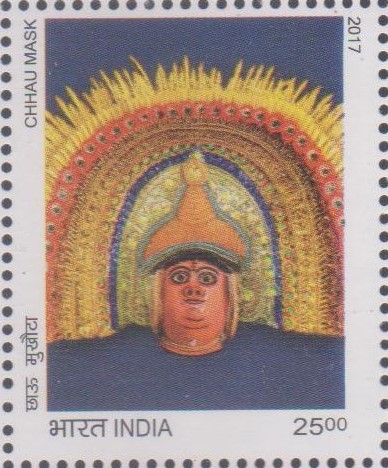
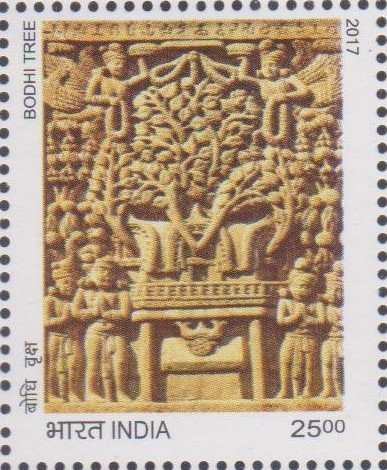
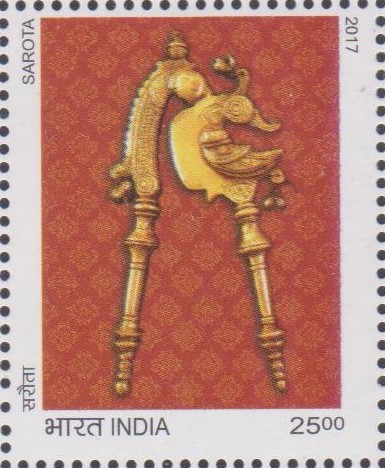
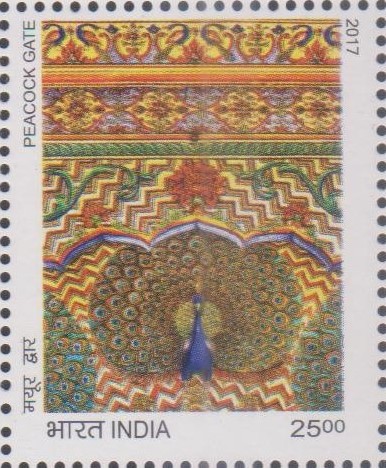
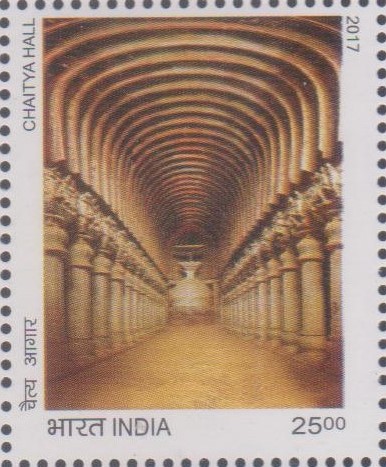
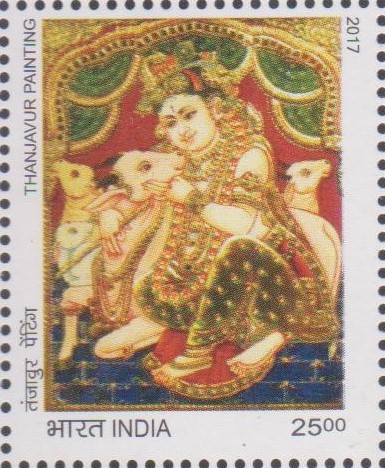
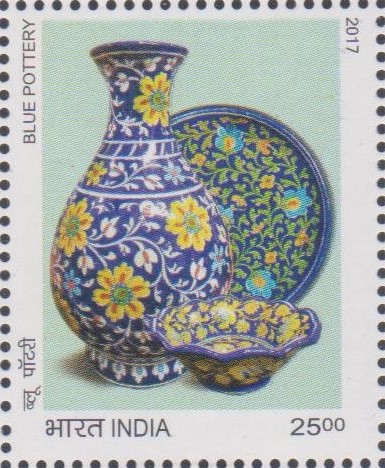
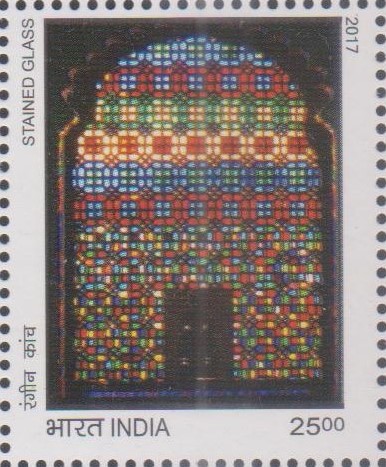
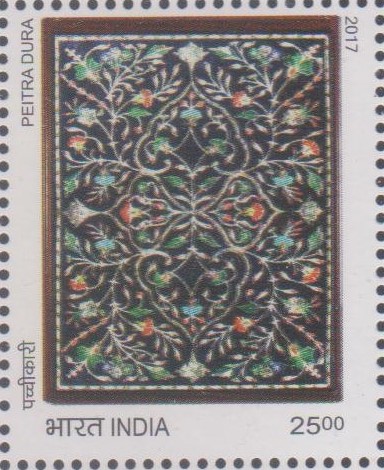
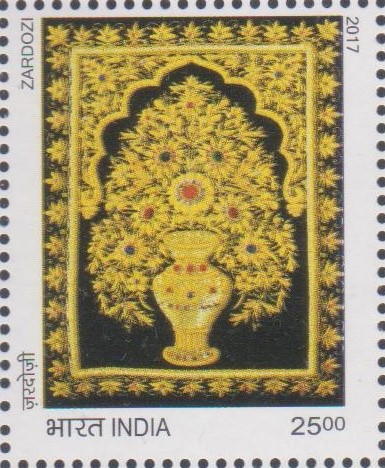
 Issued by India
Issued by India
Issued on Jan 1, 2017
Issued for : Department of Posts is pleased to issue a set of 12 stamps on the occasion of New Year.
Reference : Visuals of Pashmina, Sarota, Thanjavur Painting, Blue Pottery and Zardozi provided by Cottage Emporium, New Delhi. Pictures of Peacock Gate provided by Sh. Arjun Kumar. Other visuals have been taken from internet.
Credits :
Stamp / Sheetlet / Calendar / FDC / Brochure : Sh. Sankha Samanta
Cancellation Cachet : Smt. Alka Sharma
Type : Sheetlet of 12, Mint Condition
Colour : Multi Colour
Denomination : 2500 Paise each
Sheetlets Printed : 1.5 Lakh
Calendars printed : 50000
Printing Process : Wet Offset
Printer : Security Printing Press, Hyderabad
About :
- New Year celebrations believe to replenish all the joys in life and help to keep the spirits glowing and undaunted. With the New Year comes not only the opportunity to look back at the past year with the warmest of memories and to gain from it, beautiful pearls of wisdom but also the sense of resolution to make the lives of everyone around positively affected.
- Every year Department of Posts has been wishing everybody by bringing out different issues during New Year, either as New Year issue or Season’s Greetings. This year the Department is bringing out the rich heritage of India through 12 beautiful Stamps together in a Mixed Sheetlet, which has the potential to evoke the sense of pride in every Indian. Each Stamp design has been chosen with a perspective to reflect the glory and magnificence of Indian Culture and heritage.
- The first stamp depicts the Ganesh Pol. Ganesh Pol is located in the main palace of the Amber Fort. It is strategically important as entry through this gate was exclusive to the Kings to get into their private cambers. Ganesh Pol is fusion of Mughal and the Rajput architectural styles, famous for its ornamental archways and the fine latticework.
- The second stamp is on Pashmina. Pashmina is the Cashmere wool of the highest grade. It is considered as diamond among fibres. The stamp depicts a hand spun Pashmina shawl woven in Kashmir with exquisite embroidery.
- The third stamp depicts traditional Chhau Mask. Chhau is a major classical Indian dance form and is mainly performed during festivals in the Chaitra Parva, in which the whole community participates. It is believed that Chhau dance drives away the evil forces and let the righteousness prevail among the people. The effectiveness, originality, and beauty of the Chhau dance are dependent on the Chhau masks. Each mask represents a character from the epics, the Puranas, and from mythology.
- The fourth stamp shows Worship of Bodhi Tree. It is a sandstone relief sculpture in the Sanchi Stupa Complex in Madhya Pradesh. Bodhi Tree, or the Tree of Enlightenment, is so called because it represents the ficus tree (peepal) under which Buddha is said to have attained enlightenment. Bodhi Tree motif is used as a symbol of Buddha himself. It is an elaborately carved sandstone relief sculpture in the Sanchi Stupa Complex.
- The fifth stamp depicts Sarota. Sarota is a scissor like cutter made of metal, which is traditionally used to cut Areca nut into small pieces to be chewed along with other ingredients, wrapped in betel leaves. Sarota is found in many shapes and sizes and ornate designs in different parts of the country. Sarota is a beautiful objet d’art, reminiscent of a relaxed household of a by-gone time.
- The sixth stamp has a Peacock gate on it. Peacock Gate is one of the four gates at the inner courtyard which provides access to Chandra Mahal in City palace, Jaipur. It is ornamented with motifs of peacock and represents the Autumn season. It is dedicated to Lord Vishnu.
- The seventh stamp depicts Chaitya Hall of Karle, Maharashtra. The beautiful columns, dating back to the 1st century BC are covered in carvings depicting life and work of Buddha. This is among the largest rock cut chaityas in India.
- The eighth stamp shows Thanjavur painting. Thanjavur paintings are panel paintings done on wooden planks. The dense composition, surface richness and vibrant colours makes them incomparable. The embellishments of semi-precious stones, pearls and glass pieces add to their appeal. The relief work gives them a three dimensional effect.
- The ninth stamp depicts Blue Pottery which is widely recognized as traditional craft of Jaipur. Blue Pottery has been named so due to the predominant use of blue glaze painting technique. The decorative patterns are largely florals rendered in Persian style.
- The tenth stamp shows Glass window at Bagore-Ki-Haveli in Udaipur, Rajasthan. The splendid architecture of the mansion has exquisite stained glass work, of 18th Century.
- The eleventh stamp is on Peitra Dura. It depicts a table top in Peitra Dura on black marble. Peitra Dura, a decorative art form is an inlay technique of using cut and fitted highly polished precious and semi-precious coloured stones to create images.
- The twelfth stamp depicts a Zardozi carpet from Agra. Zardozi embroidery is beautiful metal embroidery which involves the use of gold and silver threads and also studded pearls and precious stones.
- Text: Based on the material available on internet.


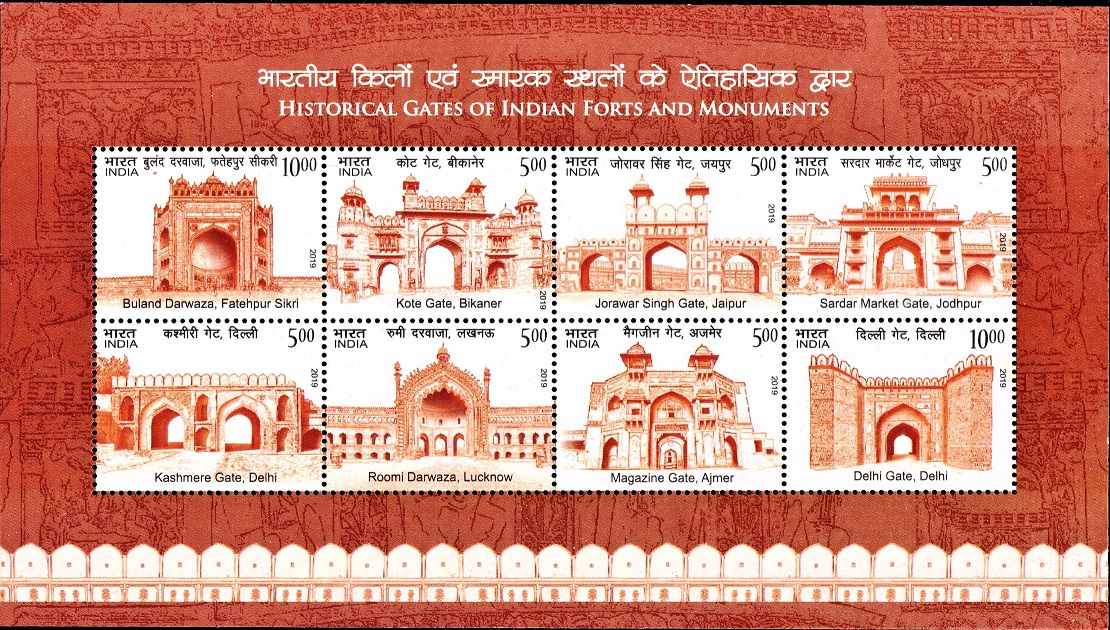
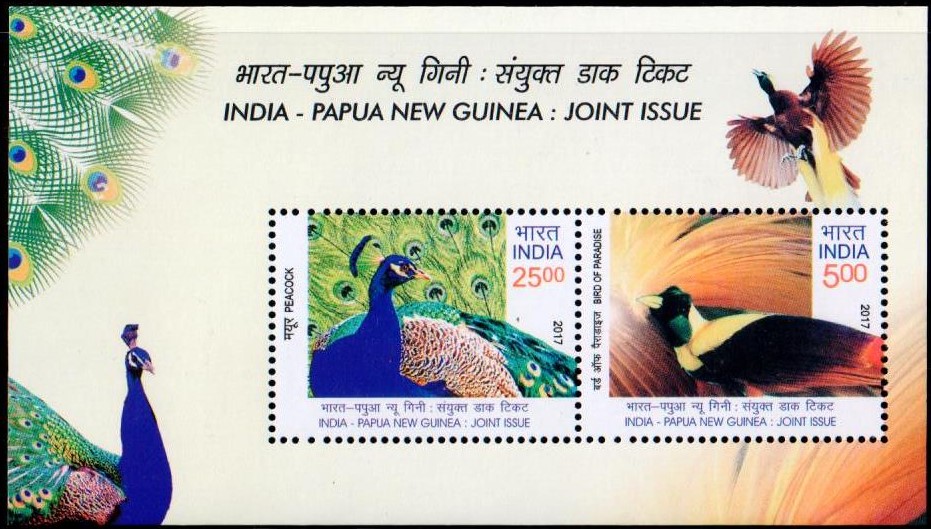
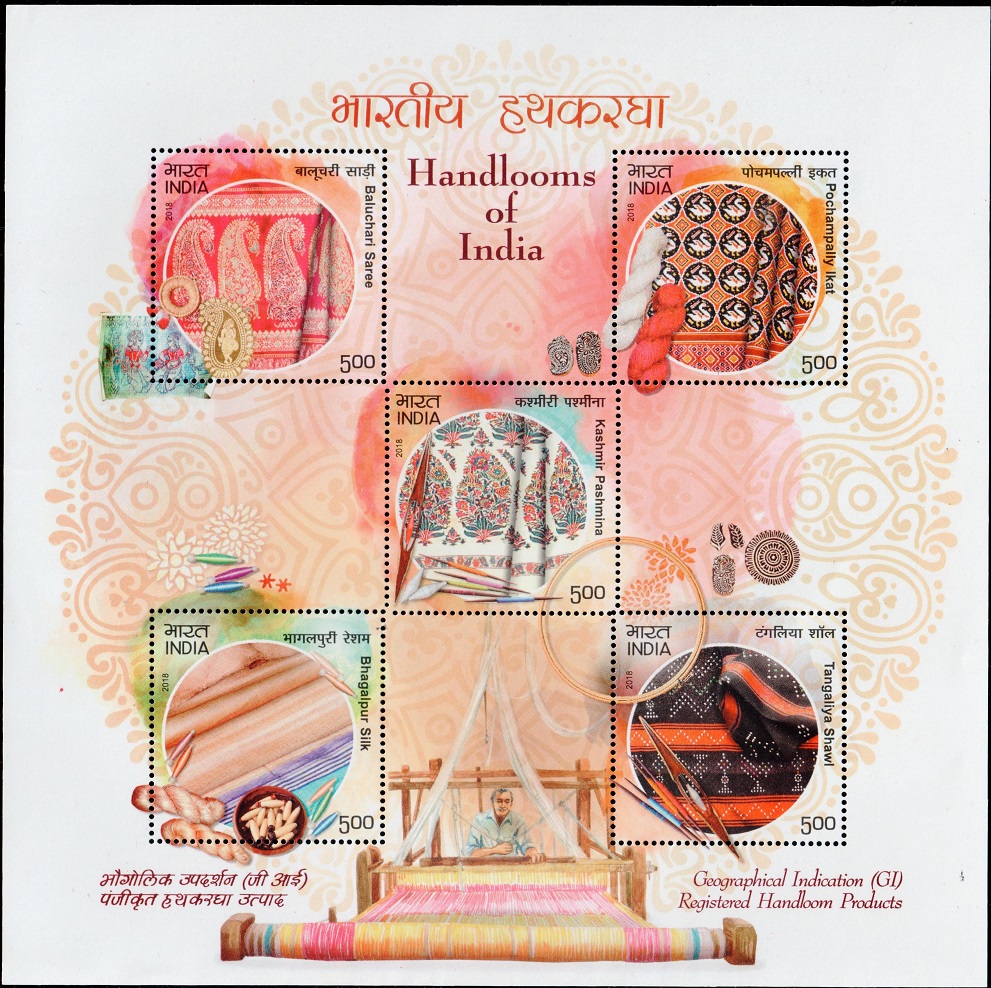


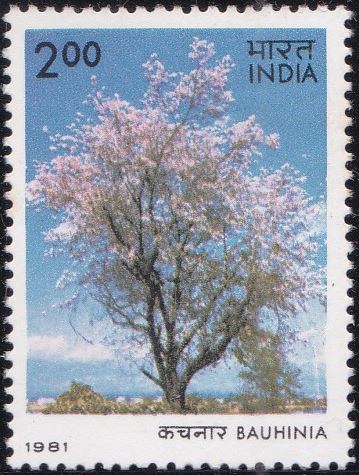
[…] has recorded the prevalence of greetings in ancient Egypt and Rome where the New Year was marked by the exchange of symbolic presents of scent, laurel or olive branches coated with gold […]